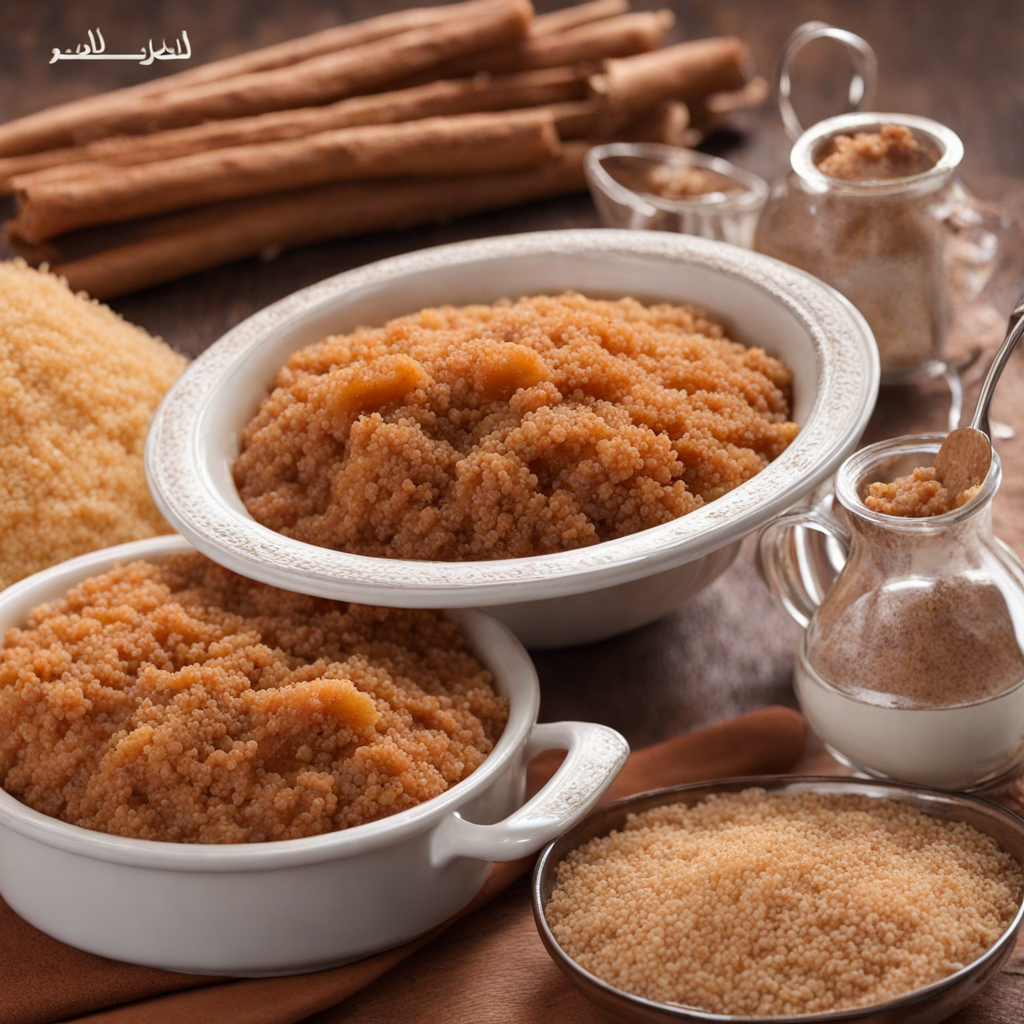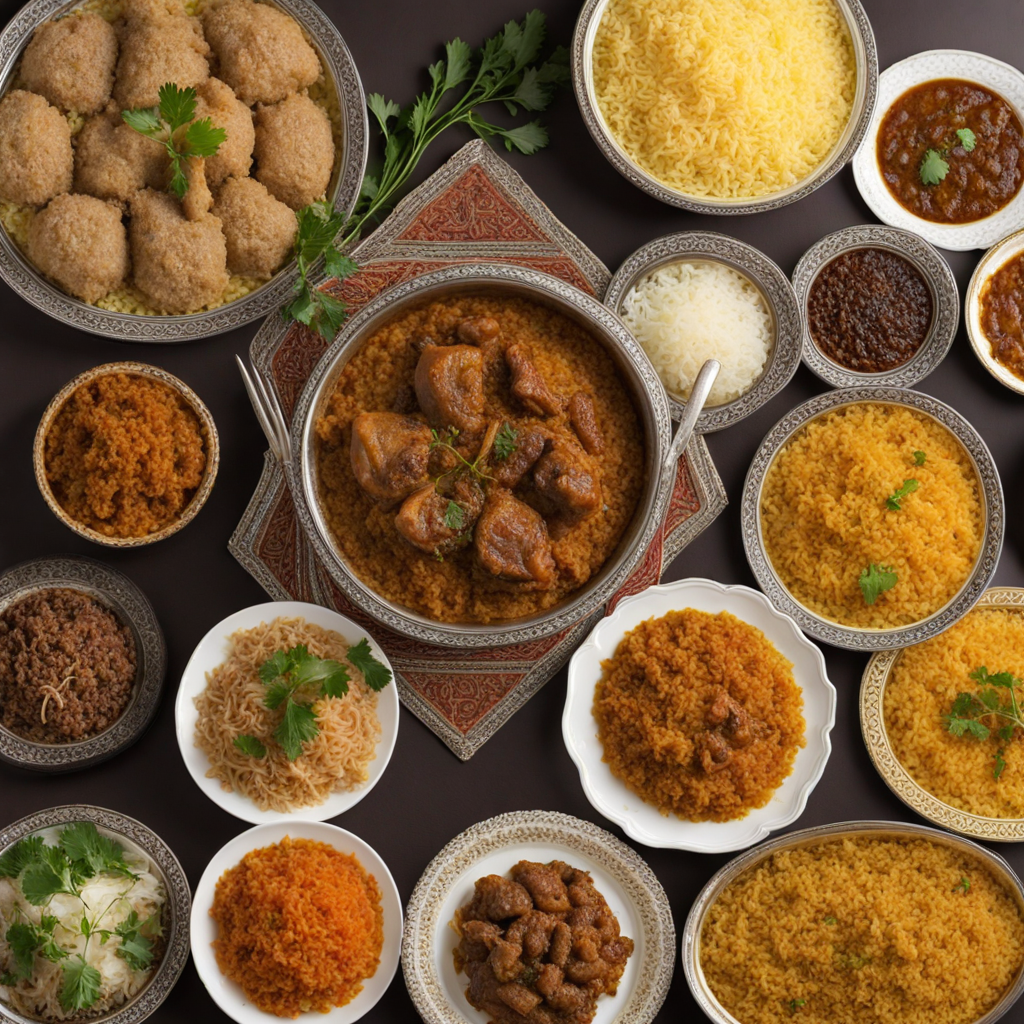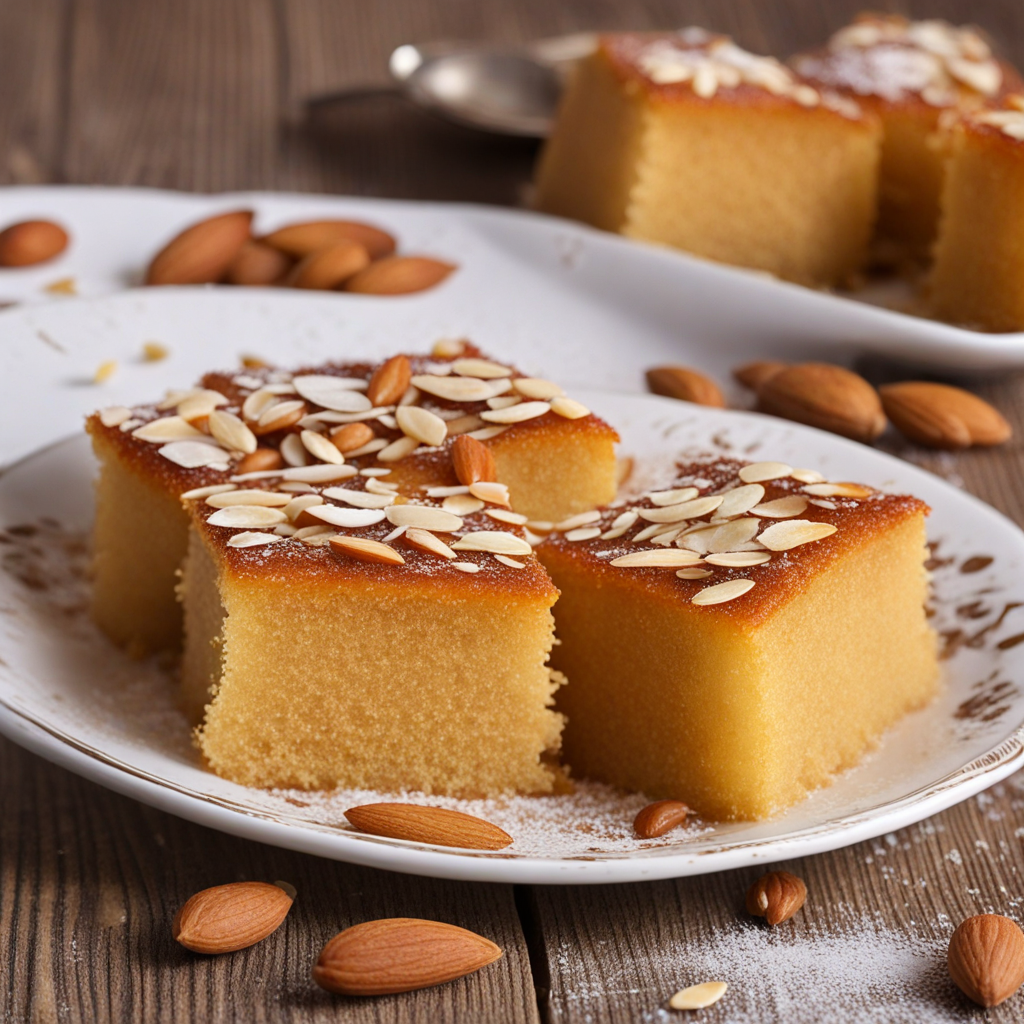Samboosa
Samboosa, a delightful and savory pastry, is a beloved street food in Saudi Arabia, enjoyed by many for its crispy texture and flavorful fillings. These delectable treats are typically triangular in shape, made from thin layers of dough that are expertly folded and fried to a perfect golden brown. The crunch of the outer shell gives way to a warm, flavorful interior that often features a combination of spiced meats, vegetables, or lentils, making each bite a delightful experience for the palate. The fillings of Samboosa can vary widely, reflecting the rich culinary traditions of the region. Popular choices include ground beef or lamb mixed with aromatic spices like cumin, coriander, and cinnamon, providing a robust flavor profile. Vegetarian options are also prevalent, featuring a medley of spiced potatoes, peas, and onions, or even a blend of cheeses for a creamy texture. Each version is seasoned to perfection, offering a taste that is both comforting and exotic, a true testament to Saudi Arabian cuisine. Samboosa is often served with a side of tangy dipping sauces, such as chutneys or yogurt, which enhance the overall flavor experience. They are commonly enjoyed as appetizers during meals or as a snack on their own, making them a versatile choice for any occasion. The combination of the crunchy pastry and the rich, spiced filling creates a satisfying contrast that is sure to intrigue anyone looking to explore the diverse tastes of Saudi Arabian food.
How It Became This Dish
The History of سمبوسة (Sambusa) in Saudi Arabia The delightful morsel known as سمبوسة (sambusa) has a rich and intricate history that weaves together cultural exchanges and culinary adaptations across various regions. While its origins are often debated, the sambusa is particularly cherished in Saudi Arabia, where it has become a staple, especially during the holy month of Ramadan. This savory pastry, filled with a variety of ingredients, encapsulates the spirit of sharing and community, making it more than just a food item; it is a symbol of cultural identity and hospitality. #### Origins of Sambusa The sambusa is believed to have originated in the Middle East, with some historical texts tracing its roots back to ancient Persia (modern-day Iran). The earliest references to similar pastries can be found in Persian literature from the 10th century, where they were described as filled with meat and spices, reminiscent of what we now know as the sambusa. The dish was likely introduced to the Arabian Peninsula through trade routes that facilitated the exchange of goods, ideas, and culinary practices. The name "sambusa" itself is derived from the Persian word "sanbūsaj," which refers to a type of pastry. As the sambusa spread across the region, it underwent various transformations influenced by local ingredients and customs. In the context of Saudi Arabia, it became particularly associated with the Levantine influences of neighboring countries like Syria and Lebanon, where similar pastries, known as "sambousek" or "sambusak," are also prevalent. #### Cultural Significance In Saudi Arabia, the sambusa holds immense cultural significance, especially during Ramadan. The month of fasting culminates each evening in Iftar, the meal that breaks the fast. Sambusas are often among the first items served, symbolizing abundance and hospitality. The act of sharing sambusas with family and friends during Ramadan fosters a sense of community and togetherness, reinforcing social bonds that are vital in Saudi culture. The sambusa is not just a food item; it is a culinary tradition that reflects the values of generosity and hospitality deeply rooted in Saudi society. During Ramadan, families often prepare large quantities of sambusas to share with neighbors and visitors, embodying the spirit of giving that characterizes the holy month. This practice of sharing extends beyond Ramadan, as sambusas are served at weddings, festivals, and other communal gatherings, making them a versatile food that embodies celebration and togetherness. #### Ingredients and Varieties Traditionally, sambusas are made by wrapping a thin pastry dough around a filling, which can vary widely depending on regional preferences and available ingredients. The classic Saudi sambusa filling often consists of spiced ground meat, such as lamb or beef, combined with onions, garlic, and a blend of spices like cumin, coriander, and black pepper. However, vegetarian versions are also popular, filled with ingredients such as potatoes, lentils, or a mixture of vegetables. In recent years, there has been a growing trend to experiment with fillings, leading to innovative variations that include chicken, seafood, and even sweet fillings like dates or nuts. This adaptability reflects the evolving nature of the sambusa, showcasing the culinary creativity of Saudi cooks who are not afraid to incorporate new flavors and ingredients. #### Preparation and Cooking Methods The preparation of sambusas involves a meticulous process that is often a communal activity. Families may come together to make sambusas, with each member contributing to different stages of the preparation, from making the dough to preparing the filling. The dough is rolled out thinly, cut into shapes—usually triangles or half-moons—filled with the chosen mixture, and then sealed to prevent any filling from escaping during cooking. Sambusas can be cooked in various ways, with frying being the most common method, resulting in a crispy exterior that contrasts with the savory filling. However, healthier alternatives, such as baking or air frying, have gained popularity in recent years, reflecting changing dietary preferences and health consciousness among consumers. #### Evolution and Modern Popularity As the sambusa evolved through the years, its popularity extended beyond traditional settings. In contemporary Saudi Arabia, sambusas can be found in restaurants, cafes, and food stalls, offering convenient options for busy lifestyles. Street food culture has also embraced sambusas, where vendors sell freshly made variations to locals and tourists alike. Moreover, the rise of social media has led to a resurgence of interest in traditional foods, with visually appealing posts showcasing sambusas in various forms, encouraging new generations to appreciate and engage with their culinary heritage. Culinary competitions and food festivals celebrating traditional dishes have also contributed to the sambusa's popularity. These events not only highlight its importance within Saudi culture but also promote the preservation of culinary traditions. As chefs experiment with flavors and presentation, sambusas have found their way onto fine dining menus, showcasing the dish's versatility and adaptability. #### Conclusion The history of sambusa in Saudi Arabia is a testament to the power of food as a cultural marker. From its ancient Persian origins to its revered status during Ramadan, the sambusa has traversed time and space, adapting to the tastes and traditions of the people who cherish it. As a symbol of hospitality, community, and culinary creativity, sambusas continue to be an integral part of Saudi Arabia's gastronomic landscape. Whether shared among family at Iftar or enjoyed as a street food delight, the sambusa remains a cherished delicacy that embodies the rich tapestry of Saudi culture and history.
You may like
Discover local flavors from Saudi Arabia







